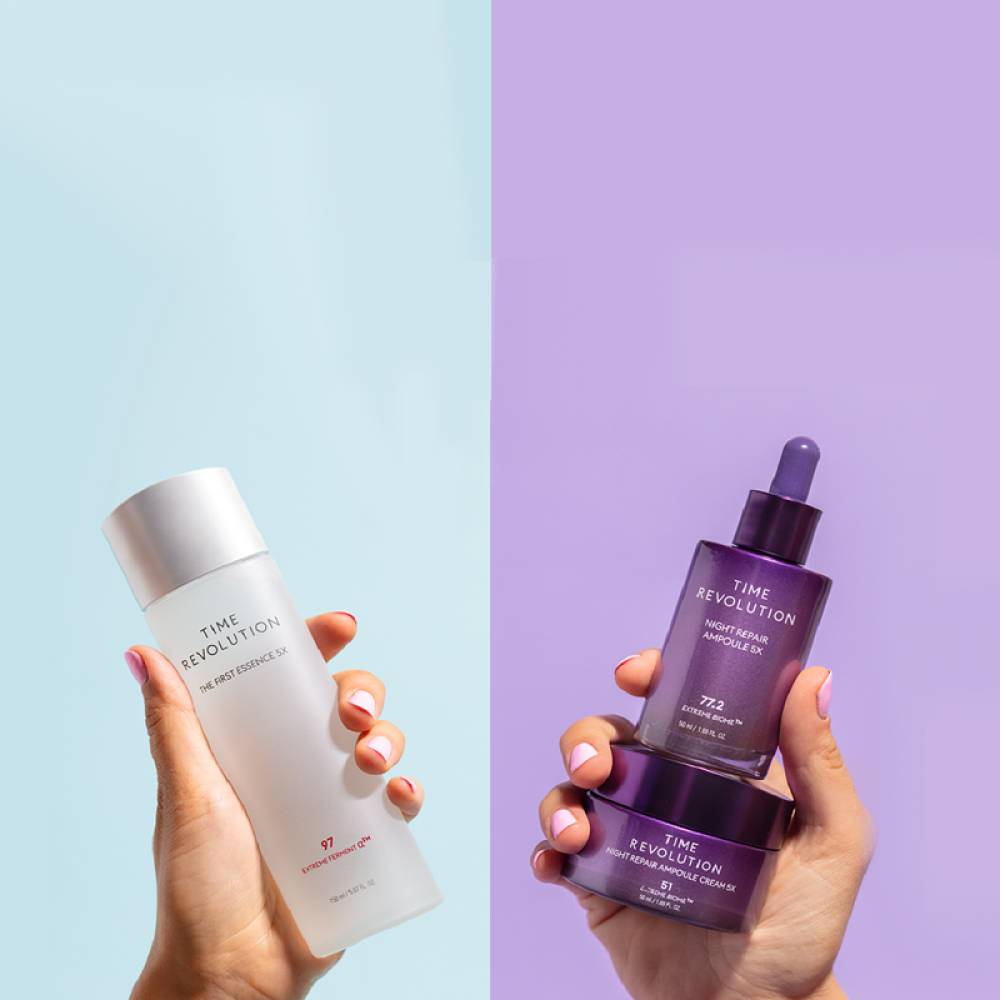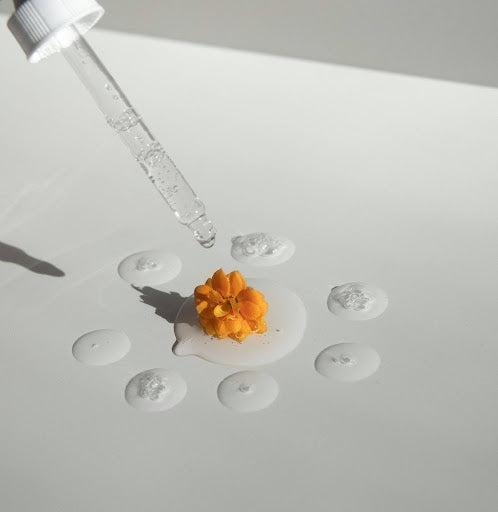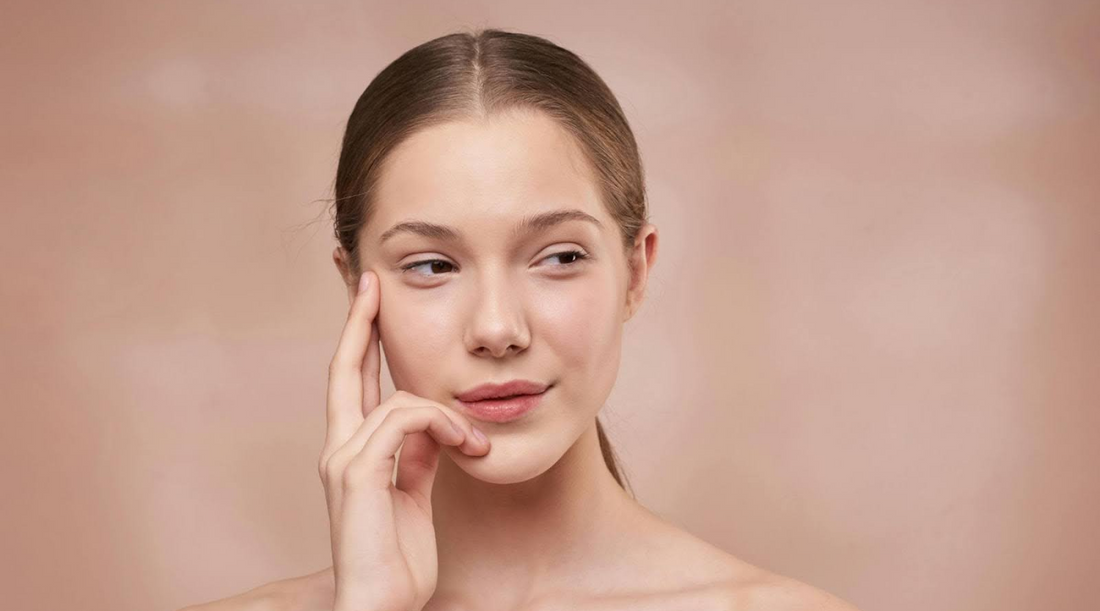Snail Mucin, derived from the slime secreted by snails, has been gaining attention in the skincare industry as a potential treatment for acne. This article will explore the origins and composition of snail mucin, its connection to acne, the scientific research behind its effectiveness, how to use it for acne treatment, as well as the potential risks and side effects associated with its use.
Understanding Snail Mucin and Its Origin
Snail mucin, also known as snail slime or snail secretion filtrate, is a thick fluid produced by snails to protect and heal their skin from cuts, scrapes, and infections. While it may sound unconventional, snail mucin has been used for centuries in traditional medicine for its healing properties.
Snail mucin's popularity in skincare products has surged in recent years due to its numerous benefits for the skin. This natural ingredient is rich in nutrients and antioxidants that can help repair damaged skin, fade scars, and improve overall skin texture. Its lightweight texture makes it suitable for all skin types, including sensitive and acne-prone skin.
The Composition of Snail Mucin
Snail mucin is mainly composed of glycosaminoglycans (GAGs), hyaluronic acid, and peptides. GAGs, such as chondroitin sulfate and dermatan sulfate, help retain moisture and improve the skin's elasticity. Hyaluronic acid is a powerful humectant that hydrates the skin, and peptides are amino acids that promote collagen production and skin rejuvenation.
Additionally, snail mucin contains enzymes like protease and glycosidase, which have exfoliating properties that can help unclog pores and remove dead skin cells. These enzymes work gently on the skin's surface, promoting a smoother and brighter complexion over time.
How Snail Mucin is Harvested
Snail mucin is harvested through a gentle and cruelty-free process that involves the snails crawling over a mesh net, leaving behind their mucus. The mucus is then collected and filtered to remove any impurities, resulting in a purified snail mucin extract that is safe for cosmetic use.
It's important to note that reputable skincare brands prioritize the ethical treatment of snails during the harvesting process, ensuring that the snails are well-cared for and not harmed in any way. This commitment to sustainability and animal welfare is reflected in the high-quality snail mucin extracts used in skincare products worldwide.
The Connection Between Snail Mucin and Acne
Snail mucin has gained popularity in the treatment of acne due to its potential beneficial effects on the skin.
Snail mucin, a secretion produced by snails to aid in repairing their skin, is rich in nutrients such as hyaluronic acid, glycoprotein enzymes, and peptides. These components play a crucial role in enhancing skin regeneration and maintaining skin elasticity. When applied to the skin, snail mucin forms a protective barrier that locks in moisture, making it an ideal ingredient for individuals with acne-prone skin.
Snail Mucin's Impact on Skin Health
Snail mucin has been found to have hydrating, soothing, and anti-inflammatory properties, which can help calm redness and irritation associated with acne. It also aids in moisturizing the skin and improving its barrier function, thereby promoting overall skin health.
Furthermore, snail mucin contains antioxidants like vitamin E and ferulic acid, which help combat free radicals and prevent oxidative stress on the skin. This anti-aging property can benefit individuals struggling with acne, as it supports skin repair and rejuvenation, leading to a clearer and more radiant complexion over time.
How Snail Mucin Interacts with Acne
Research suggests that snail mucin may help in the treatment of acne by reducing sebum production, which is a major contributor to acne formation. It may also have antimicrobial properties that help kill acne-causing bacteria, reducing the risk of further breakouts. Moreover, snail mucin's ability to stimulate collagen synthesis can aid in scar healing, minimizing the appearance of post-acne marks.
Overall, the multifaceted benefits of snail mucin make it a promising ingredient in the skincare industry, particularly for individuals looking to address acne concerns while improving the overall health and appearance of their skin.
The Science Behind Snail Mucin and Acne Treatment
Several scientific studies have explored the effectiveness of snail mucin in treating acne and improving overall skin condition.
Snail mucin, a popular ingredient in skincare products, has gained attention for its potential benefits in addressing various skin concerns, including acne. Beyond its traditional use in Korean beauty products, snail mucin has been the subject of numerous research studies to understand its mechanisms of action and efficacy in skincare.
Research on Snail Mucin's Effectiveness
A study published in the Journal of Clinical and Aesthetic Dermatology found that topical application of snail mucin reduced acne lesions and improved skin hydration in individuals with mild to moderate acne. Another study in the Journal of Drugs in Dermatology demonstrated that snail mucin extract had a significant effect on reducing both inflamed and non-inflamed acne lesions.
Furthermore, recent research has delved into the specific compounds within snail mucin that contribute to its acne-fighting properties. Glycoproteins, hyaluronic acid, and glycolic acid are among the key components believed to play a role in snail mucin's ability to combat acne and promote skin healing.
The Role of Snail Mucin in Inflammation and Healing
Research suggests that snail mucin's ability to reduce inflammation and promote wound healing is beneficial in the treatment of acne. It is believed that snail mucin's anti-inflammatory properties help calm inflammation associated with acne, while also accelerating the healing process of acne wounds and reducing the risk of scarring.
Moreover, the presence of antioxidants in snail mucin may contribute to its overall skin-rejuvenating effects, protecting the skin from environmental damage and oxidative stress that can exacerbate acne symptoms. As the scientific community continues to uncover the multifaceted benefits of snail mucin, its role in skincare formulations for acne management is likely to expand.
Using Snail Mucin for Acne: A Guide
If you're considering incorporating snail mucin into your skincare routine for acne treatment, here are some tips to help you make the most out of it:
Snail mucin, derived from the secretions of snails, has gained popularity in the skincare world for its hydrating and healing properties. Rich in nutrients like hyaluronic acid, glycoprotein enzymes, and antimicrobial peptides, snail mucin is known to help with acne, scarring, and overall skin regeneration.
Choosing the Right Snail Mucin Product
When selecting a snail mucin product, look for those that contain a high percentage of snail mucin extract and are free from potential irritants such as parabens and fragrances. It is also important to patch test the product on a small area of your skin before applying it to your entire face.
Consider opting for snail mucin products that are cruelty-free and ethically sourced to ensure the well-being of the snails involved in the extraction process. Look for certifications or information from the brand regarding their sourcing practices to make an informed decision.
Incorporating Snail Mucin into Your Skincare Routine
Snail mucin can be used as a serum or moisturizer in your skincare routine. After cleansing and toning, gently apply a small amount of snail mucin to your face, focusing on areas affected by acne. Follow it with your regular moisturizer to lock in the benefits.
For enhanced results, consider pairing snail mucin with other acne-fighting ingredients like niacinamide, tea tree oil, or salicylic acid. This combination can help target acne from multiple angles and improve the overall condition of your skin.
Potential Risks and Side Effects of Snail Mucin
While snail mucin is generally considered safe for most individuals, there are a few potential risks and side effects to be aware of.
Snail mucin, derived from the secretions of snails, has gained popularity in the skincare industry for its hydrating and soothing properties. Rich in glycoproteins, hyaluronic acid, and antioxidants, snail mucin is believed to help with skin regeneration and repair.
Allergic Reactions to Snail Mucin
Although rare, some individuals may be allergic to snail mucin. If you experience any signs of an allergic reaction, such as redness, itching, or swelling, discontinue use and consult a dermatologist.
It's essential to perform a patch test before incorporating snail mucin into your skincare routine to check for any adverse reactions. Apply a small amount of the product on a discreet area of your skin and monitor for any signs of irritation or sensitivity.
Other Possible Drawbacks of Snail Mucin Use
Some individuals may find that snail mucin is not suitable for their skin type or does not provide the desired results. It is important to note that skincare products, including snail mucin, may have varying effects on different individuals. If you have any concerns or questions, seek advice from a skincare professional.
Furthermore, while snail mucin is generally well-tolerated, individuals with a known shellfish allergy should exercise caution when using snail mucin products, as cross-reactivity between shellfish and snail proteins may occur.
Conclusion
In conclusion, snail mucin has shown promise in the treatment of acne due to its hydrating, soothing, and anti-inflammatory properties. Scientific research supports its effectiveness in reducing acne lesions, promoting wound healing, and improving skin hydration. However, as with any skincare product, individual results may vary. If you're considering using snail mucin for acne, be sure to choose a reputable product, patch test before use, and discontinue use if any adverse reactions occur. Consulting with a dermatologist can also provide personalized guidance based on your specific skincare needs.








